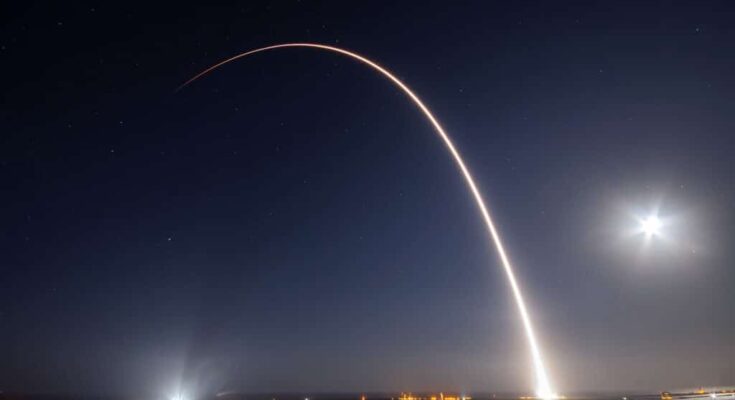
Elon Musk’s Starlink is one of the Billionaire’s most successful products. The company continues to launch thousands of satellites into the atmosphere of Earth, but researchers have been growing concerned over the possibility of Starlink polluting space, and the impact this might have on scientific research here on Earth.
The way Starlink works is that its systems aim to provide ultra-highspeed internet access worldwide, especially in remote areas where it’s either unreliable or simply does not exist.
This is great on paper, as increasing internet access for people around the world is pretty great. However, the rate at which commercial satellites are being launched is worrying, because there are no real studies that show what satellites like Starlink do to pollution in space.
100 researchers send letter to FCC asking to pause Starlink satellite launches
A group of 100 researchers from various top U.S. universities and space institutions sent a letter to the Federal Communications Commission (FCC) asking to stop satellite launches, so that environmental studies can be carried out.
A segment of the letter says, “The new space race is ramping up quickly: some experts are estimating an additional 58,000 satellites will be launched by 2030. Other plans have been proposed to launch 500,000 satellites to create new mega-constellations that would power satellite internet.”
Continuing by saying that the environmental impact of potential satellite pollution in Space is not really clear, because the United States government has not reviewed an environmental review of space.
The letter specifically talks about the dramatic increase in Starlink launches they have been able to observe, saying “Over just five years Starlink has launched more than 6,000 units and now make up more than 60% of all satellites.”
Starlink Says its process does not pollute space
The company is now under scrutiny by the group of researchers that sent the letter to the FCC, over Starlink’s potential pollution of space. However, in the past, the company has explained how it does not create pollution in space, and or debris here on Earth.
A Starlink satellite has a lifespan of almost 5 years before deorbiting. When a Starlink satellite no longer works, it is destroyed while reentering the Earth’s atmosphere, thus not creating any space pollution or debris.
This process has led Starlink to claim that after a satellite is destroyed, “no orbital debris is created and no satellite parts hit the ground.”
These claims have since been refuted by several academic studies. For instance, according to a June 2024 study which was published in Geophysical Research Letters, satellites reentering Earth or being destroyed could also damage our ozone layer.
The study concluded that in 2022, satellites that reentered Earth’s atmosphere caused a 29.5 increase in aluminum in the atmosphere, resulting in 17 metric tons of aluminum oxides being injected into our atmosphere.
Starlink’s claim of its destruction process not polluting space, and our ozone layer doesn’t seem to be accurate.
This is part of the reason why Commission Space Bureau Chief, Julie Kearney wrote in the letter directed to the FCC, “We’re in a short window of time when we can prevent making a mess of space and our atmosphere rather than spend decades cleaning it up.”



